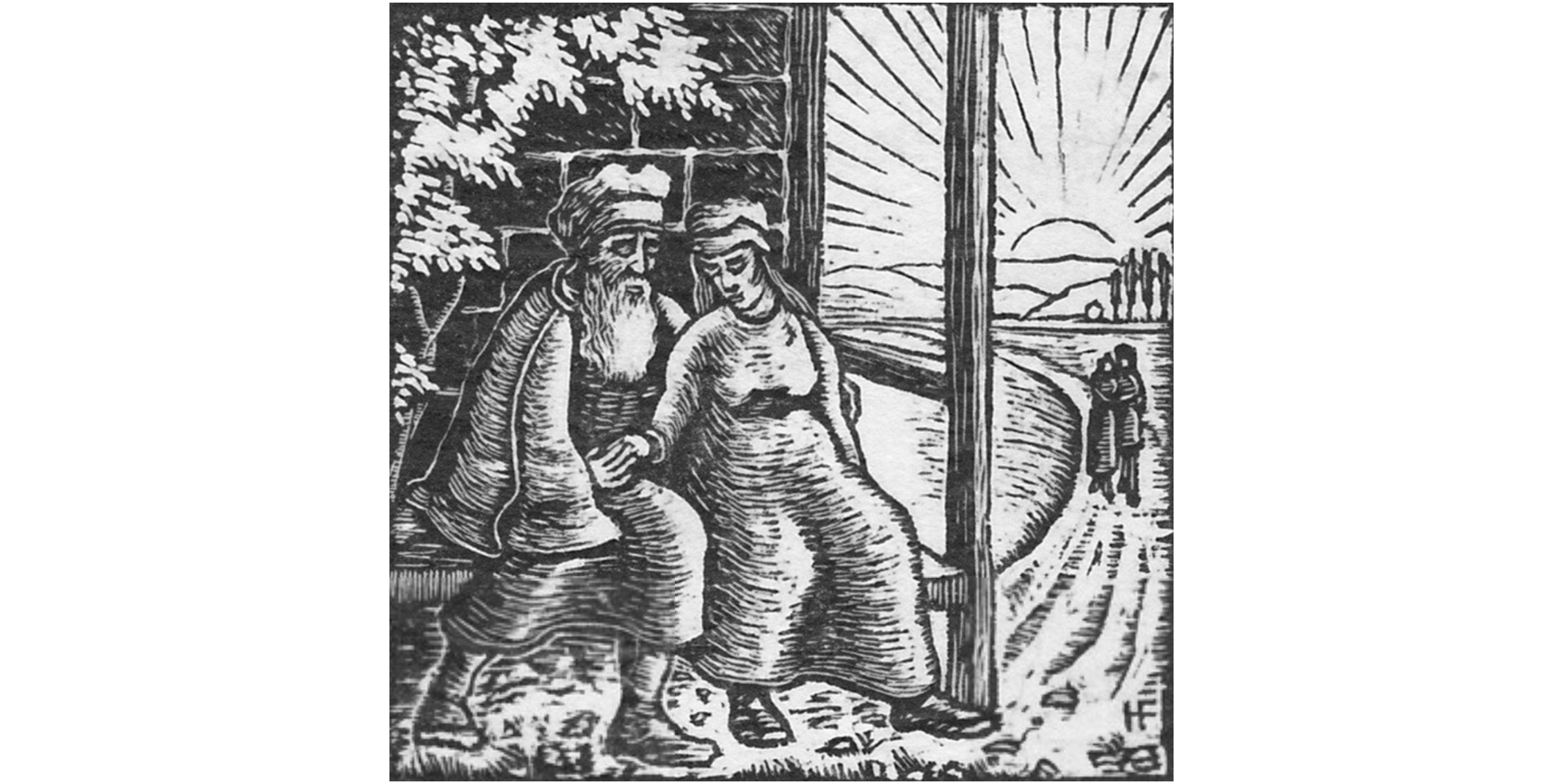And Abraham took another wife, and her name was Keturah. (Genesis 25:1)
Keturah: This is Hagar. She was called Keturah because her deeds were as pleasant as keturah (incense). (Genesis Rabbah 61:5)
Keturah is Hagar. (Zohar 133)
As we discussed earlier, Abraham had a concubine, Hagar. Later in life, after the passing of Sarah, Abraham took another wife whose name was Keturah. Midrash, the Zohar, Rashi, and other commentators state that Keturah is Hagar.
To distill this situation to its essence, we have here two seemingly distinct individuals who, in the view of at least some biblical commentators, are one and the same person. To any physicist, this narrative bespeaks a unification. Indeed, this situation is analogous to the unification tendency in theoretical physics, where different fundamental interactions are unified into one.
The idea of unification in physics emerged in the second half of the nineteenth century when Michael Faraday and James Clerk Maxwell successfully unified heretofore distinct physical phenomena—electric and magnetic forces—into one electromagnetic field governed by the theory of electrodynamics. That was the first unification in the history of physics,[1] in which two distinct phenomena turned out to be two guises of one phenomenon, not unlike two names of the same person.
After publishing his papers on the general theory of relativity in 1916, Albert Einstein spent most of his life in unsuccessful attempts to unify gravity with electromagnetism. The next success in the quest for unification in physics came in the period from 1964 to 1967, when Steven Weinberg and Abdus Salam independently succeeded in unifying electromagnetic forces with weak forces, also known as beta decay. Although these forces behave quite differently at low energy, they merge into one force at the unification energy of 246 GeV.[2] In 1979, Sheldon Glashow, Salam, and Weinberg shared the Nobel Prize in physics for their contributions to the development of electroweak theory.[3]
The standard model goes a step further and provides a common platform for three out of four fundamental forces—bringing together electroweak forces and strong nuclear forces. Gravity still remains an oddball awaiting its unification with other fundamental forces.
It would be downright silly to suggest that Rashi or the Midrash somehow foresaw the unification of fundamental forces when they indicated that Keturah was the same person as Hagar, and no such claim is made or implied here—far from it. What is interesting, however, is a common sense of parsimony—in a number of distinct characters in the biblical narrative or in a number of distinct physical phenomena—and a shared drive to unification that is shared by some of the classical biblical commentators writing many centuries ago and the theoretical physicists of today.
—————-
Endnotes:
[1] Perhaps, with the exception of Isaac Newton’s universal law of gravity which unified the force that kept planets on their orbits and the force that made objects fall to the ground on earth into a single force of gravity.
[2] GeV—Gigaelectronvolt, that is, one billion electronvolts (1GeV=1,000,000,000 eV). One electronvolt (1 eV), which equals 1.602×10−19 J (joules), is the amount of kinetic energy gained or lost by an electron accelerating from rest to an electric potential difference of one volt.
[3] One might speculate that in the Keturah-Hagar analogy with electroweak unification, Keturah is parallel to the weak force, whereas Hagar is parallel to the electromagnetic force. To support this analogy, let us recall that Hagar means a “stranger” or an “outsider.” Keturah is related to ketoret (“incense”). Ketoret is burned in the Holy of Holies—the innermost chamber of the Temple (Bet HaMikdash)—one day a year, on Yom Kippur, by the High Priest. Thus, Keturah is the ultimate insider in stark contrast to Hagar, an outsider. Electromagnetic forces have infinite range and primarily play a role outside atoms forming chemical bonds that bind atoms together in molecules. The weak force is a nuclear force that acts at very short distances inside the atomic nucleus. Thus the Keturah-Hagar inside-outside dichotomy holds true for weak forces and electromagnetic forces respectively, supporting the parallel. Furthermore, Rashi says that Keturah was given this name her deeds were as sweet as incense (ketoret) burned in the Holy of Holies in the Temple. Coincidentally, the theory of weak interactions used to be called “flavordynamics.” However, this parallel is pure speculation and, true or false, adds little to the main point that equating two different people is a metaphor for the unification of two different forces.


Todah rabbah